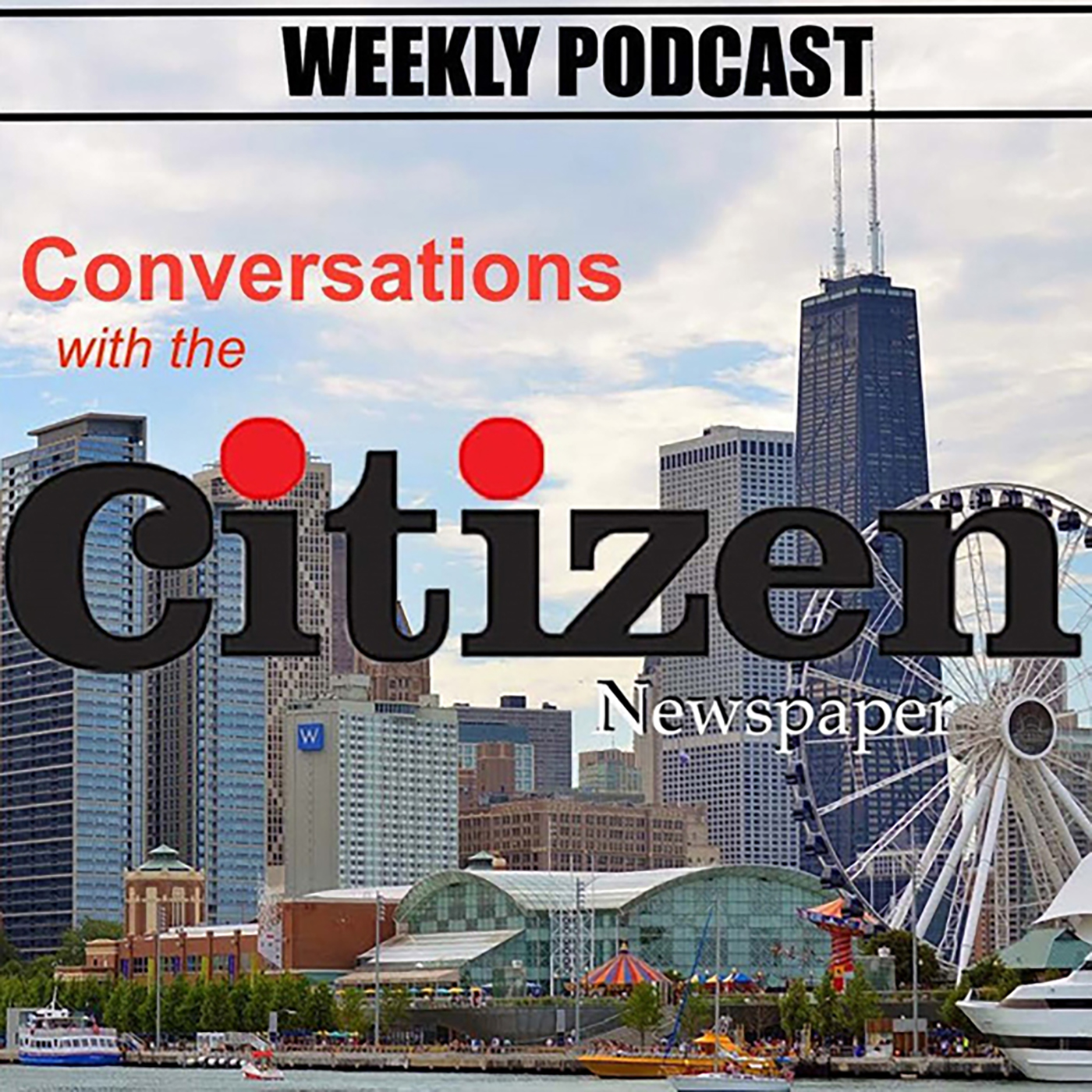New Updates to College Scorecard Make Tool More Useful for Students and Families
More Useful for Students and Families
College Scorecard that make the tool more useful for students
and families weighing college options. The tool also includes
new and updated information that may be beneficial to school
counselors, college access providers, researchers, and other
critical stakeholders. The Department has improved the College
Scorecard interactive web tool, in addition to restoring several
metrics that help students gauge how their prospective institution compares to other colleges across costs, graduation rates, post-college earnings, and other metrics. The changes reflect the Department’s priority of supporting and encouraging inclusive, affordable postsecondary programs that provide strong career outcomes for students.
these new updates to the College Scorecard today, during the
2022 Community College National Legislative Summit, an event
that brings together hundreds of community college leaders from
across the country.
process can be overwhelming. But easily accessible, high-quality information about higher education institutions can help students determine which college or university is the best fit for them,” said U.S. Secretary of Education Miguel Cardona. “The updated and enhanced College Scorecard shines a spotlight on affordability, inclusivity, and outcomes, over exclusivity and colleges that leave students without good jobs and with mountains of debt. This update reflects the Biden-Harris administration’s commitment to ensuring students remain at the heart of the Department’s work.”
refresh of the cumulative loan debt of student borrowers at both
the institution-level and by field of study within each institution,
as well as federal student loan repayment rates for the institution.
both in the data files and on the consumer site—institution-level
earnings data, which provide an overall sense of the career outcomes for alumni of the institution. The Scorecard also includes additional information about graduates who are better off for having gone to the college, by showing the percentage of those earning more than the typical worker with only a high school diploma.
and prospective students across all colleges, helping them
to make informed decisions about their postsecondary education plans. The data also shine a spotlight on accessible colleges that are serving their students well, including by closing gaps in the completion rates among students of color compared with white students and by ensuring programs lead to positive career outcomes with manageable levels of debt. Examples include:
in Maryland, enrolls Black students as nearly half of its
enrollment, charges much lower tuition than most four-year
institutions, and saw median post-college earnings of more than
$58,000.
three in four of its undergraduate population as students of color
and has narrowed its college completion rate gaps; today, 45%
of white students and 41% of Hispanic students graduate from
the program.
institutions that are inclusive, often under-resourced, and are
working to improve their students’ outcomes.
Latest Stories
- Last Week to Enter Cook County’s First Marriage of 2026 Lottery
- Reminder: Taxes are due December 15, 2025. Pay now to avoid late fees. Struggling financially? Our Payment Plan Calculator is a tool you can use
- TWO GOVERNMENTS TO FORMALIZE HISTORIC PARTNERSHIP IN ADDRESSING MENTAL HEALTH CRISIS DURING THE HOLIDAY SEASON
- Trump's Policies Negatively Target Women
- Assessor Kaegi, South and West Side Community Leaders Urge Legislature to Pass Property Tax Relief, Condemn Board of Review's Large Breaks for Downtown Commercial Properties
Latest Podcast
Stacy Davis Gates
